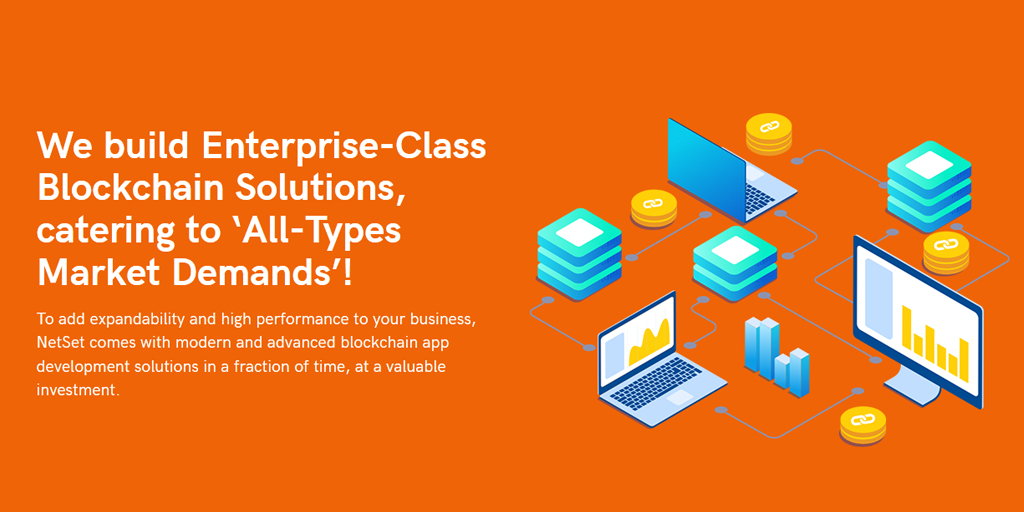How to Migrate a Website to AWS: A Step-by-Step Guide
Learn how to migrate your website to AWS with this simple, step-by-step guide. Ideal for businesses and developers looking to leverage cloud benefits.

Migrating a website to Amazon Web Services (AWS) offers enhanced scalability, reliability, and performance. Whether you're transitioning from a shared hosting environment or a private server, AWS provides flexible solutions to ensure a seamless migration. In this guide, well walk you through a practical, step-by-step approach to moving your website to the cloud while subtly introducing the value of professional learning resources like an AWS Course in Pune.
Step 1: Evaluate Your Current Website Infrastructure
Before making the move, conduct a full assessment of your current hosting setup. Understand your server specifications, bandwidth requirements, database configuration, and storage needs. This audit helps identify what AWS services you'll require. Understanding these technical foundations becomes easier if youve undergone structured learning through programs like AWS Classes in Pune, which often cover real-world use cases and architecture mapping.
Step 2: Choose the Right AWS Services
AWS offers several options to host websites. The most common services include:
-
Amazon EC2 for scalable virtual servers
-
Amazon S3 for static website hosting and storage
-
Amazon RDS for managed database services
-
Amazon Route 53 for DNS management
Selecting the right services is crucial to your sites performance and cost-efficiency. Many developers whove taken AWS Training in Pune report that understanding core services helps streamline this step, reducing both time and error in configuration.
Step 3: Set Up Your AWS Environment
Once you've chosen your services, it's time to set up the AWS environment. This includes:
-
Creating an EC2 instance with the right operating system
-
Configuring security groups and IAM roles
-
Launching an RDS instance and migrating your database
Youll also need to prepare the EC2 server by installing necessary software such as Apache/Nginx, PHP, or Node.js, depending on your application. Practical labs, like those included in an AWS Course in Pune, often simulate this exact process to build confidence in implementation.
Step 4: Transfer Files and Database
After configuring your environment, begin migrating your data:
-
Use tools like rsync, SCP, or S3 Transfer Acceleration to move your files
-
Export your existing database and import it into RDS or your EC2 MySQL/PostgreSQL instance
-
Ensure proper database connection strings are updated in your application code
Migrating without data loss or downtime can be complex. Professionals whove completed AWS Classes in Pune often cite hands-on database and file system exercises as key to avoiding common pitfalls during this stage.
Step 5: DNS and Domain Configuration
The final step is updating your domains DNS settings. Point your domain to your AWS-hosted infrastructure using Amazon Route 53 or your existing domain registrar:
-
Set A-records for static IPs or CNAMEs for load balancers
-
Enable SSL/TLS using AWS Certificate Manager for secure connections
DNS propagation may take time, so plan this step during low-traffic periods. Students in AWS Training in Pune are frequently advised to test DNS changes in a staging environment firstan essential practice for minimizing downtime.
Step 6: Test and Optimize
After your site is live, run a comprehensive test:
-
Validate page load speeds and uptime
-
Check API endpoints and database connections
-
Use AWS CloudWatch to monitor resource usage and errors
Optimization is continuous. Use Auto Scaling and Load Balancers to handle traffic spikes. As you progress, consider reviewing related foundational concepts in this blog post: What are Amazon Web Services, which provides a clear overview of AWS's capabilities.
Conclusion
Migrating a website to AWS may seem daunting at first, but with careful planning, the right tools, and a structured approach, it can be a smooth and transformative process. For those looking to strengthen their cloud skills, enrolling in an AWS Course in Pune can offer practical knowledge and confidence to execute such migrations effectively. Whether you're managing your own site or handling client migrations, having completed AWS Classes in Pune equips you with the hands-on expertise needed to navigate AWSs robust ecosystem.
For more in-depth knowledge and hands-on cloud experience, consider exploring options for AWS Training in Pune. As AWS continues to grow and evolve, so should your skill setmigration is just the beginning.




































